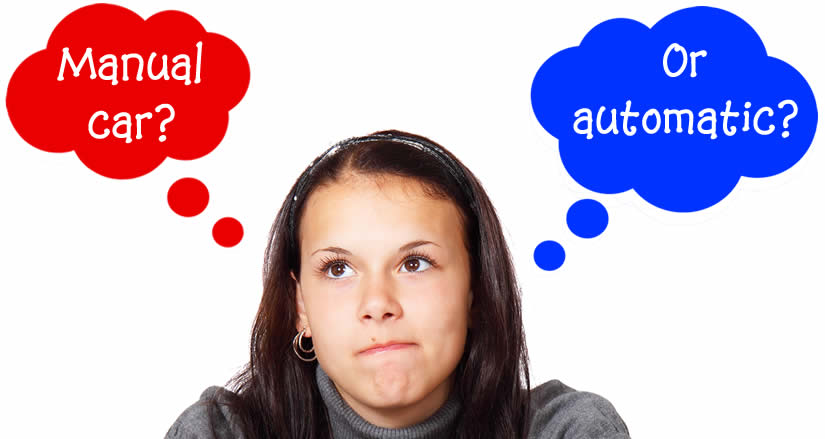Should I Learn in a Manual or Automatic Car?
A question many learners ask before taking to the road is ”Should I learn in a manual or automatic car?” It’s an important decision to make now because what you decide may impact certain elements of your life later on. To make the decision hopefully easier, we shall go through the advantages and disadvantages for both manual and automatic cars.
Should I Learn in a Manual or Automatic Car?
- Difference between manual and automatic cars
- Advantages of driving a manual car
- Disadvantages of driving a manual car
- Advantages of driving an automatic car
- Disadvantages of driving an automatic car
- Semi-automatic cars
- Electric cars
- Making a decision
Difference Between Manual and Automatic Cars
In basic terms, the difference between a manual and automatic car is the gears, or ‘transmission’.
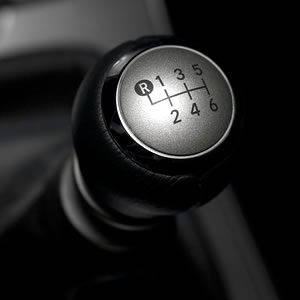
Manual Cars
Manual transmission cars have five or six forward driving gears and one reverse gear. You are required to press the clutch pedal down with your foot and using your hand, manually select the required gear using the shift lever.
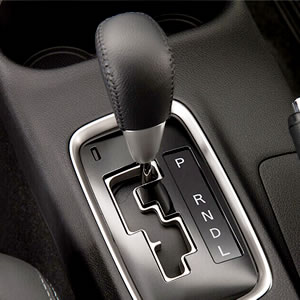
Automatic Cars
In contrast to a manual car, automatic cars do all the gear changing for you. There is no clutch pedal, you are simply required to place the gear selector lever into ‘D’ (Drive) or ‘R’ (Reverse) and the car will do all gear changing.
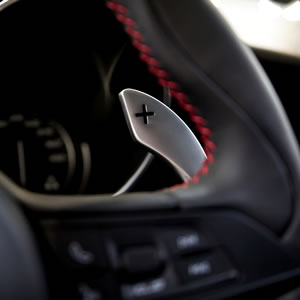
Semi-automatic Cars
Semi-automatic cars are a combination of manual and automatic in that they allow you to select which gear you want, but the process of changing gears is done automatically without the need to operate a clutch.
To help you to decide whether you should learn to drive in a manual or automatic car, we’ll now run through the main advantages and disadvantages of both types.
Advantages of Driving a Manual Car
The advantages of driving a manual car are as follows:
- If you pass the practical driving test in a manual car, you can also legally drive automatic and semi-automatic cars.
- The ability to select gears and with the use of clutch control, manual cars offer greater control over the vehicle.
- Due to a less complicated transmission system, a manual car is often cheaper to purchase than the automatic equivalent.
- One of the factors that determine the price of car insurance is vehicle purchase price. Due to the purchase price being cheaper for manual cars, insurance premiums may cost a little less.
- Some drivers consider manual cars more fun to drive.
- Due to the manual transmission being far simpler than an automatic, potential transmission faults may be cheaper to repair in a manual car.
Disadvantages of Driving a Manual Car
The disadvantages of driving a manual car are as follows:
- Driving a manual car requires constant gear changes and as such, this requires constant operation of the clutch. In busy cities and towns where stopping and starting is frequent, this can become tedious (to some) and possibly resulting in leg ache.
- Having both hands on the steering wheel is safer than one. With a manual car, you’ll constantly be removing one hand from the wheel to change gear.
Advantages of Driving an Automatic Car
The advantages of driving an automatic car are as follows:
- If your intention is to pass the practical driving test as quickly as possible, learning to drive in an automatic car means you don’t have to learn clutch control or gear change, making the learning process faster.
- Automatic cars are easier and safer to drive. There’s no leg ache from constant clutch use and without the need to change gear, you can keep both hands on the wheel and concentrate on driving.
- If your budget allows you to purchase a mid-range or premium car, you can opt for a semi-automatic. Semi-automatic cars provide you with greater control of the vehicle and can be more fun to drive.
Disadvantages of Driving an Automatic Car
The disadvantages of driving an automatic car are as follows:
- If you pass the test in an automatic, you’ll not be entitled to drive a manual car unless you retake the driving test and pass in a manual. Most of the time this shouldn’t prove problematic, but if you ever require a courtesy car or hire car, there may be a lack of automatic vehicles to choose from.
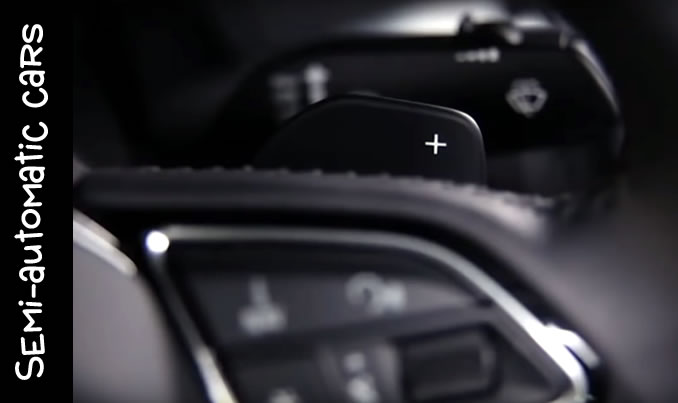
Semi-automatic Cars
Semi-automatic cars provide the driver with the option to drive in full automatic mode where the car chooses the gears, or semi-automatic mode where the driver chooses the gears. There’s no manual clutch pedal to operate, so whilst the driver can choose the gear, the car makes the actual gear change.
Gear selection is usually made by paddle gear shifters located just behind the steering wheel. There’s a ‘+’ paddle to go up and gear and a ‘-‘ paddle to go down a gear. Some semi-automatic cars may have the gear selection along with the gear selector lever in the centre console.
Due to the complexity of the technology, semi-automatic cars are usually more expensive that automatic only vehicles. The benefit of semi-auto is that it offers the driver greater control and are more fun to drive.
If you are licensed to drive automatic cars only, due to semi-automatic cars not having a manual clutch to operate, you can legally drive them on your automatic licence.
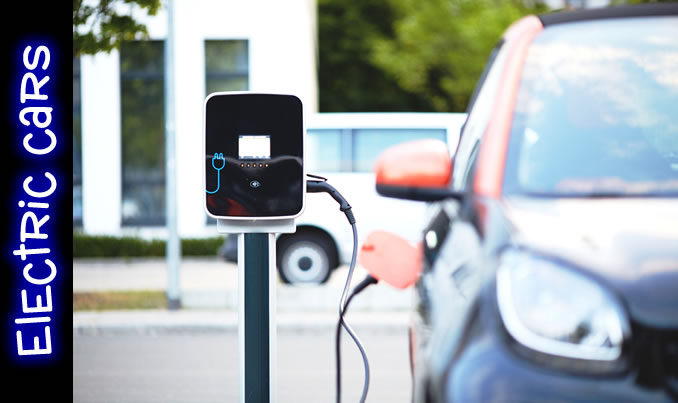
Electric Cars
When deciding whether to learn to drive in a manual or automatic, it could be worth considering the increasing popularity of electric cars. Most electric cars do not have a gearbox and none of them have a manual clutch, therefore they are considered an automatic.
The UK government intends on banning petrol and diesel powered cars by 2040, with increased pressure to bring this ban forward to 2032. Electric cars are only going to gain in popularity and over the next decade or so, they will be far cheaper and commonplace on our streets. With the increase in popularity of electric cars, there will also be a sharp decrease in manual transmission cars.
Making a Decision
Automatic
If you consider a car as a means of simply getting from A to B, are really not concerned about how much control of the vehicle you have and if you find the idea of an electric car appealing, then learning to drive in an automatic is likely the best option.
Manual
Those that like full control of their vehicle, or feel more confident with manual cars being more popular (around 60 percent of UK cars are manual) and cheaper, a manual transmission is the best option.
